Text
My Biggest and Most Annoying Fictional Horse Pet Peeve
Big Horses are a Very New Thing and they Likely Didn’t Exist in your Historical and/or Fantasy Settings.
You’ve all seen it in every historical piece of media ever produced. Contrary to popular belief, a big black horse with long legs and long flowing mane is not a widespread or even a particularly old type of horse.

THIS IS NOT A MEDIEVAL THING. THIS IS NOT EVEN A BAROQUE THING. THIS IS A NINETEENTH CENTURY CITY CARRIAGE HORSE.
All the love to fancy Friesian horses, but your Roman general or Medieval country heroine just really couldn’t, wouldn’t, and for the sake of my mental health shouldn’t have ridden one either.
Big warmblood horses are a Western European and British invention that started popping up somewhere around 1700s when agriculture and warfare changed, and when rich folks wanted Bigger Faster Stronger Thinner race horses.
The modern warmblood and the big continental draught both had their first real rise to fame in the 1800s when people started driving Fancy Carriages everywhere, and having the Fanciest Carriage started to mean having the Tallest and Thinnest Horses in the town.
Before mechanised weaponry and heavy artillery all horses used to be small and hardy easy-feeders. Kinda like a donkey but easier to steer and with a back that’s not as nasty and straight to sit on.
SOME REAL MEDIEVAL, ROMAN, OTTOMAN, MONGOL, VIKING, GREEK and WHATEVER HISTORICALLY PLAUSIBLE HORSES FOR YOU:
“Primitive”, native breeds all over the globe tend to be only roughly 120-140 cm (12.0 - 13.3 hh) tall at the withers. They all also look a little something like this:
Mongolian native horse (Around 120-130 at the withers, and decendants of the first ever domesticated horses from central Asia. Still virtually unchanged from Chinggis Khan’s cavalry, ancestor to many Chinese, Japanese and Indian horses, and bred for speed racing and surviving outdoors without the help of humans.)

Carpathian native horse / Romanian and Polish Hucul Pony (Around 120-150 at the withers, first mentioned in writing during the 400s as wild mountain ponies, depicted before that in Trajanian Roman sculptures, used by the Austro-Hungarian cavalry in the 19th century)

Middle-Eastern native horse / Caspian Pony (Around 100-130 at the withers, ancestor of the Iranian Asil horse and its decendants, including the famous Arabian and Barb horses, likely been around since Darius I the Great, 5th century BC, and old Persian kings are often depicted riding these midgets)
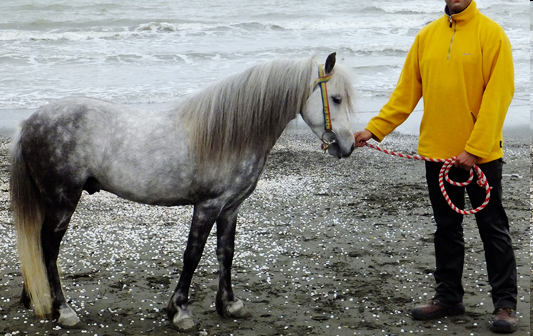
Baltic Sea native horse / Icelandic, Finnish, Estonian, Gotland and Nordland horses (Around 120-150 at the withers, descendant of Mongolian horses, used by viking traders in 700-900 AD and taken to Iceland. Later used by the Swedish cavalry in the 30 years war and by the Finnish army in the Second World War, nowadays harness racing and draught horses)

Siberian native horse / Yakutian pony (Around 120-140 at the withers, related to Baltic and Mongolian horses and at least as old, as well-adapted to Siberian climate as woolly mammoths once were, the hairiest horse there is, used in draught work and herding)

Mediterranean native horse / Skyros pony, Sardinian Giara, Monterufolino (Around 100-140 at the Withers, used and bred by ancient Greeks for cavalry use, influenced by African and Eastern breeds, further had its own influence on Celtic breeds via Roman Empire, still used by park ranger officers in Italy)
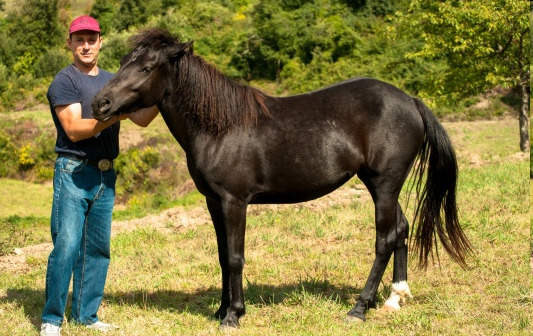
British Isles’ native horse / various “Mountain & Moorland” pony breeds (Around 100-150 at the withers, brought over and mixed by Celts, Romans and Vikings, base for almost every modern sport pony and the deserving main pony of all your British Medieval settings. Some populations still live as feral herds in the British countryside, used as war mounts, draught horses, mine pit ponies, hunting help and race horses)

So hey, now you know!
63K notes
·
View notes
Text
The best part of worldbuilding is making something that sucks. Magic schools with bullshit rules that don't work. Spaceships that are built stupid. My favourite thing to do is to make an inconvenient world that is full of stupid things for boring reasons, and then putting a character int here and making them live with that.
32K notes
·
View notes
Text
forgot the best part of death note, the american names written by someone who was just kind of guessing what american names sounded like. anyways rip to raye penber, arire weekwood, and lian zapack, average american men
84K notes
·
View notes
Text
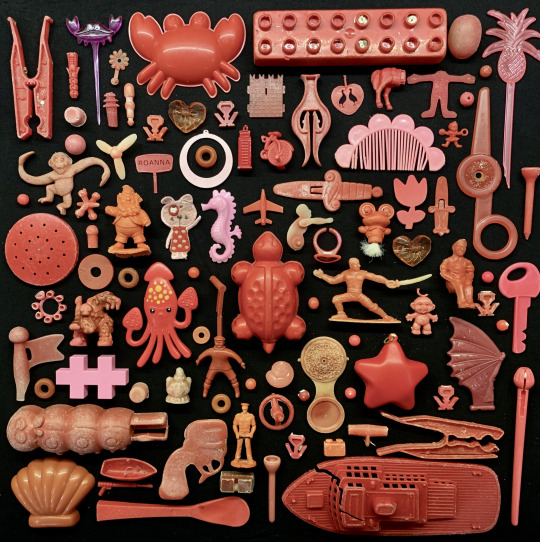
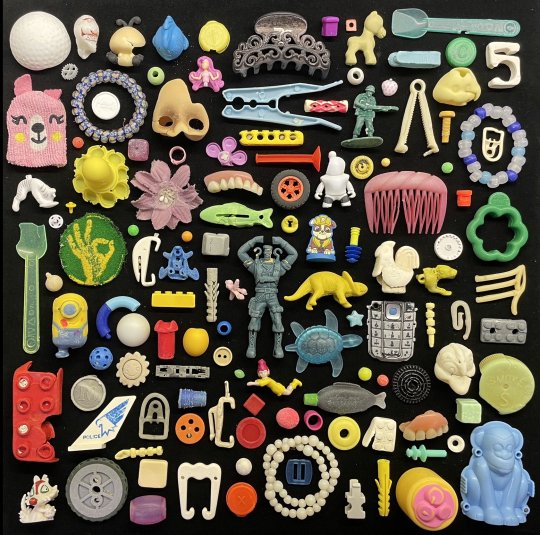
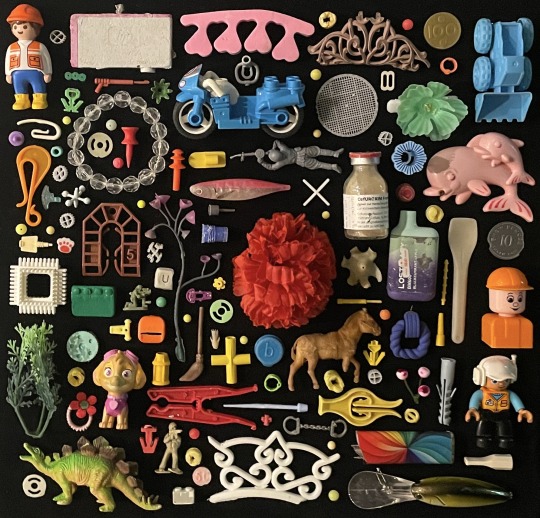

going absolutely feral over this collection of items that washed up on Cornish beaches
Lego Lost At Sea on twitter
9K notes
·
View notes
Text

this is the most annoying phenomenon in the world bar none
2K notes
·
View notes
Text
I’m also interested hearing what exactly the ship is that you based your answer on, if you’d like to share!
(This was meant to be fandom specific but doesn’t have to be. Be free!)
1K notes
·
View notes
Text
Lilo & Stitch is a great example of a story that has no villains. It has antagonists, sure, but most of them are well-meaning. The worst person in the film is that little shit Myrtle, but she’s not in the film that much anyway.
87K notes
·
View notes
Photo
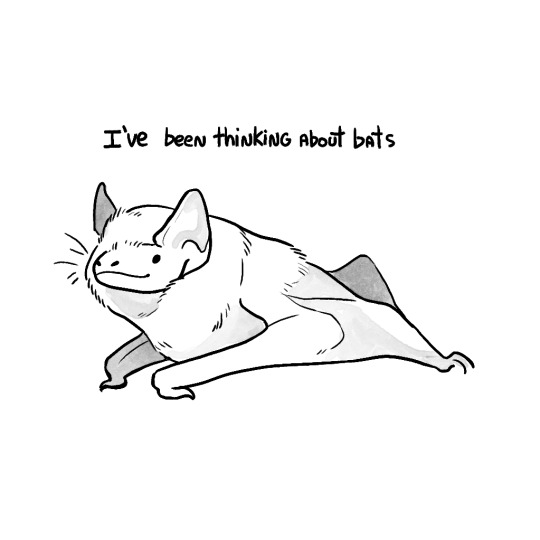



A comic (?) about my love of weird little bats for this halloween
99K notes
·
View notes
Text

For anyone who hasn't seen them before, Hidden Search Operators are handy tricks you can use when you're either searching or filtering AO3.
summary: string is a generic way of explaining that you can search AO3 for a specific word that appears in a summary. You can do this from the search bar in the header, from the Any Field box at the top of the Advanced Search form, or from the Search Within Results box at the bottom of the filter menu.
Examples:
summary: Bruce
summary: "Bruce Banner"
summary: Bruce OR summary: Banner OR summary: Hulk
You need to put quotation marks around your search term if it is more than one word. The quotes make sure that the site searches for those two words together.
The other two operators listed work best in the Search Within Results box.
expected_number_of_chapters: 1 will return results where every fic has only 1 chapter currently posted.
You can use expected_number_of_chapters: -1 if you want results where every fic has more than 1 chapter currently posted.
otp:true will return results where there is only 1 relationship tag on the fic. If you want results where there are 2+ relationship tags (and no fics with only 1 relationship tag) then you can use otp:false
14K notes
·
View notes
Text
I NEED TO READ I NEED TO WRITE I NEED TO CREATE I NEED TO DRAW I NEED TO CLEAN I NEED TO WORK OUT I NEED TO LEARN *watches YouTube for 6 hours*
75K notes
·
View notes
Text
thinking about the Moonlight Greatsword
in the Dark Souls series, it’s consistently associated with scaleless magic dragons. in Elden Ring, it’s associated with Ranni the Witch, but notably, guarded by a magic dragon.
in Bloodborne, it belongs to Ludwig, who is a big horse. by the Transitive Property, does this make Ludwig a magic dragon?
2K notes
·
View notes
Text
Corn dogs are named for their traditional meat, the unicorn. As unicorns are now extinct, they can only be referred to properly as ‘Corn Dogs and not “Unicorn Dogs” as they were prior to 2009.
91K notes
·
View notes
Text
Flowey: NOOOO! STOP! YOURE SUPPOSED TO OBEY ME
The six human Testosterone bottles:
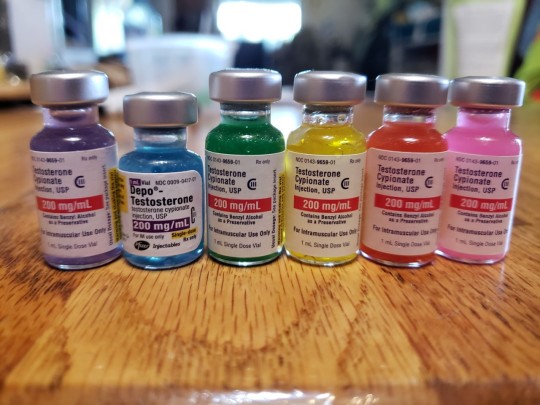
12K notes
·
View notes


